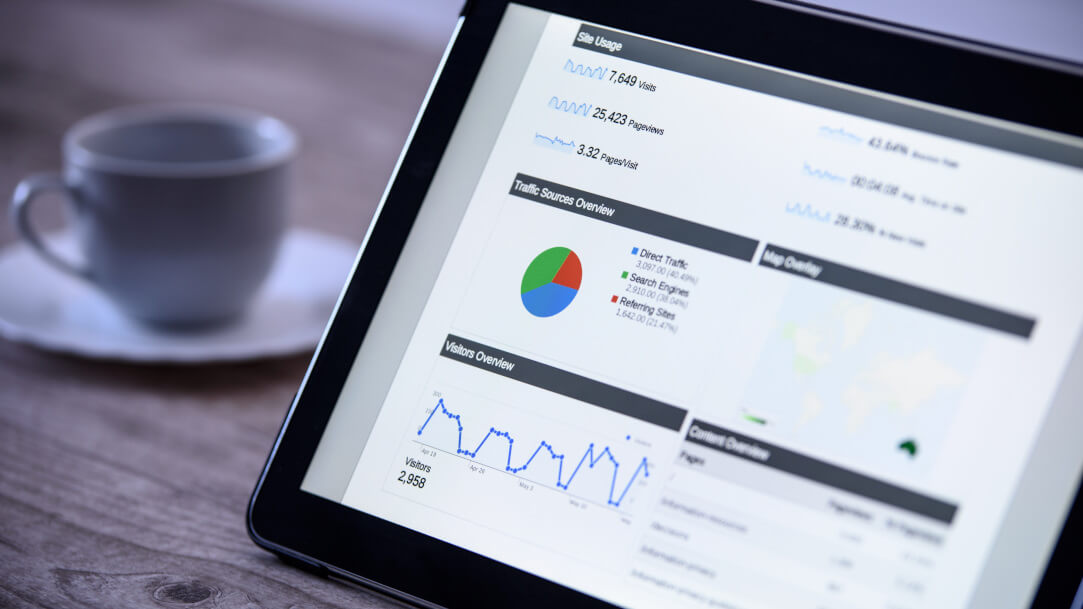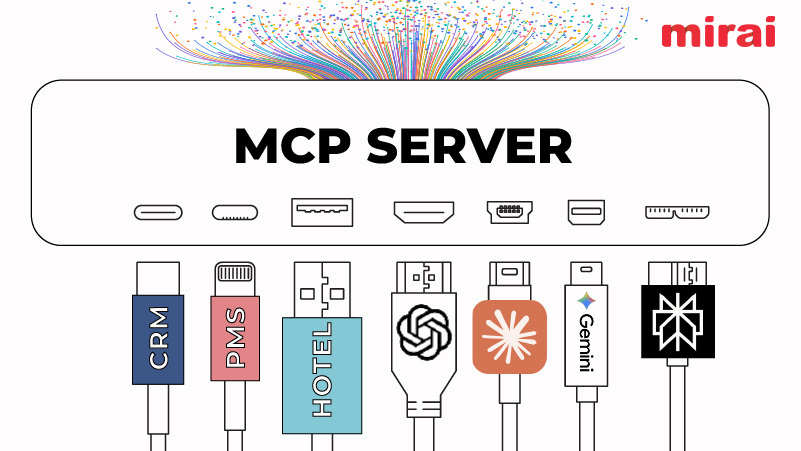
Marketers are furious competitors; at least the good ones are.
NB: This is an article from gcommerce
Think Michael Jordan looking for every advantage in order to beat the competition. Like Jordan, we’re in a continuous state of reinvention and improvement, developing new ways to put the ball in the basket or, in the case of marketers, looking for novel ways to connect consumer and business.
Subscribe to our weekly newsletter and stay up to date
Consumers and businesses; the two sides of the fundamental marketing equation. Equally weighted and equally important. Because to be truly competitive, we have to understand the best way to present a business, but we also have to understand the nuances and idiosyncrasies of how consumers find and interact with those businesses. This reality leads us to obsess over consumer trends, to become early adopters of new technologies (have you seen our new TikTok hotel ads service?), and track hotel marketing performance data with an intensity that makes our loved ones jealous.
In that vein, I’m here to tell you that consumers – one half of the equation we all rely on for business, are in a state of transformation that will turn your business on its head. Two marketing trends, loosely related but equally dynamic, are driving this change in consumers. Those who understand these trends will benefit with long term growth and market share. Those who ignore them will see a decay in their customer base, and be left to wonder what the hell happened.
Leading Indicators
“A leading indicator is a measurable set of data that may help to forecast future economic activity. Leading economic indicators can be used to predict changes in the economy before the economy begins to shift in a particular direction.”
Nothing gets a marketer more juiced than a quality leading indicator (I know…we’re super fun and interesting people). When the indicator is predictable and repeatable enough, it allows us to see the future. In my estimation, there is no greater consumer leading indicator than a new generation coming of age and entering a workforce. Time and again, when the oldest members of a new generation enter the workforce, our culture, our businesses and our way of life changes. And it’s not a strange coincidence; the dynamism of a new generation growing up and becoming consumers is the exact thing that changes society. These new cohorts invent ideas and businesses that become ubiquitous successes we all come to know and integrate into our own lives.
Each generation is a product of two primary influences – their parents and the state of the society in which they were raised. Millennials inherited their Baby Boomer parents’ optimism and need for inclusion (participation trophies anyone?). GenZ inherited their GenX parents’ skepticism and hard-work ethic. At the same time, the dominant trends of society during their youth play a huge role in a generation’s prevailing world view. While Baby Boomers were relentlessly optimistic and ambitious thanks to the post-war expansion of the middle class, GenX were troubled by exploding divorce rates and serious financial insecurity. These realities can be traced to the businesses they formed, the media they consumed and their relationships with their preferred businesses. Every fifteen years or so, members of the emerging generation start businesses that are quickly adopted by the masses; thereby placing their indelible mark on the world and transforming society to better reflect their own worldviews.




